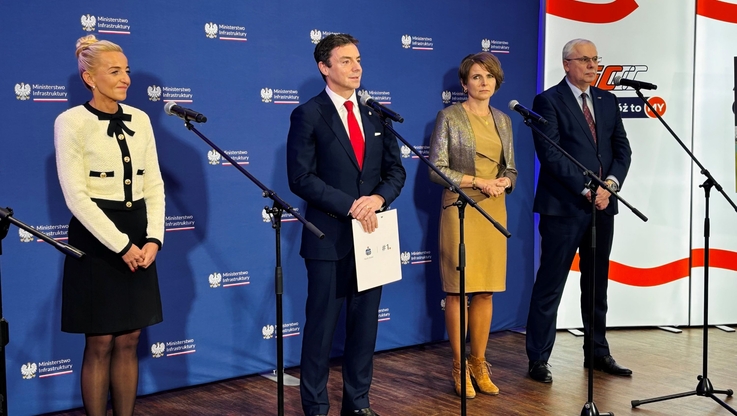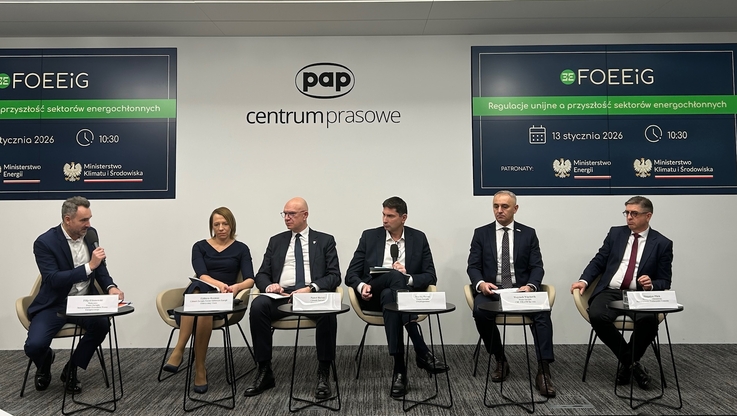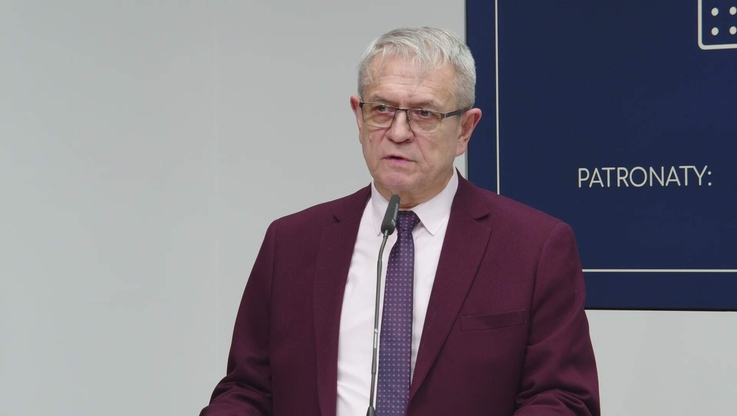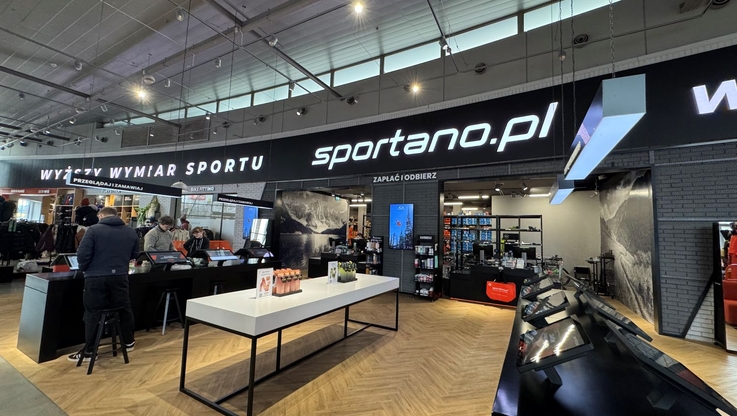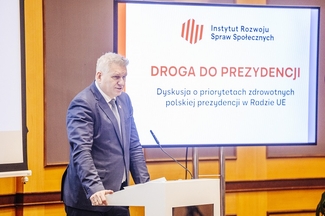Pobierz materiał i Publikuj za darmo
According to Szydarowski, who is the Director of the ESPON European Programme, agglomerations mainly see the development of next-generation industry, which is innovative, green and aligned with the EU policy for the sustainable development of cities.
Indeed, the author even notices a resurgence of certain branches of production within European metropolitan regions, including.
• the public utility and logistics sectors, the development of which is affected by the demand of the constantly growing urban population;
• technologically advanced and knowledge-based industry, the development of which is driven mainly by the location-related advantages of cities (proximity of innovative science centres and highly qualified workforce looking for well-paid jobs);
• industries focused on well-to-do consumers, providing locally-sourced crafts based on high-quality design.
In his article, dr Szydarowski refers to the “MISTA” study conducted by ESPON researchers, covering the metropolitan areas of Warsaw, Oslo, Berlin, Vienna, Riga, Turin and Stuttgart. It allows making several general conclusions regarding the strategy for shaping relationships between cities and industry.
The author points out that city centre areas usually strongly attract knowledge-intensive services, while traditional industrial production prefers fringe locations. However, this pattern becomes disrupted more and more often.
“The service and production functions in industrial value chains using hybrid production methods become increasingly integrated,” explains ESPON Director. “This means that to achieve market success, manufacturing industries must develop complementary services and locate them in the centres of metropolitan areas,” he adds.
This trend is reflected in statistics. More than half (54 percent) of the workforce in European industry (i.e. 19.8 million people) is employed in metropolitan regions. They are also responsible for nearly two thirds (64 percent) of all of EU’s industrial production.
“At the same time, the tastes and lifestyles of consumers are shifting to include greater care for the environment and more focus on personalised and individualised consumption. This, in turn, increases the demand for actions that would lead to implementing a closed production cycle” – emphasises Wiktor Szydarowski.
The analysis conducted under the ESPON MISTA programme shows that the main challenge for the development of industry in cities is still space. In those studied locations where the growth pressure is weaker and the brownfield sites are available (e.g. in the metropolitan area of Turin), the main challenge for development policies is to improve the competitiveness of local industry. On the other hand, in areas with no land reserves and with strong growth pressure (such as Oslo), production activities might be pushed to the fringe areas, resulting in the disappearance of basic industries (e.g. food production) and the lack of jobs for people with low qualifications.
The loss of the industrial role of cities would contradict the new Leipzig Charter adopted in late 2020, which emphasises their importance in the processes of green transformation and sustainable development. The progressing elimination of the cities’ industrial functions and pushing industrial production to remote fringes would have a highly detrimental impact on the ability to reach the Charter's goals.
According to the expert, cities should preserve their production functions, but due to, i.a., the quickly progressing technological changes, we must understand them differently than before.
In next-generation industry, the availability of large areas of land for huge production halls is not so significant as before and there is a growing role of attractive locations, proximity to scientific research and academic centres and the availability of modern transport and logistics infrastructure. Most of the production processes in Industry 4.0 will take place in the virtual space and 21st-Century factories will primarily require IT specialists, programmers and highly-qualified engineers.
According to ESPON Director, European cities and metropolises can take advantage of their current infrastructure and excellent global connections to regain their role of global industry leaders, this time of a wholly different type.
“The new production base of cities should be driven by new sectors, which are more digital, service-oriented, low-carbon and knowledge-based. Such a perspective on reindustrialisation reveals new potential for reintegrating production and residential areas. Creating multifunctional areas and mixed-purpose districts, where people can live, work and rest, is the way for European cities to develop sustainably,” the expert concludes.
Dr Wiktor Szydarowski leads the Europe-wide ESPON research programme, which brings together public administration, researchers and practitioners from the EU, helping them to understand the challenges connected with territorial development.
Source: PAP MediaRoom
Pobierz materiał i Publikuj za darmo
bezpośredni link do materiału
| Data publikacji | 14.06.2022, 15:40 |
| Źródło informacji | PAP MediaRoom |
| Zastrzeżenie | Za materiał opublikowany w serwisie PAP MediaRoom odpowiedzialność ponosi – z zastrzeżeniem postanowień art. 42 ust. 2 ustawy prawo prasowe – jego nadawca, wskazany każdorazowo jako „źródło informacji”. Informacje podpisane źródłem „PAP MediaRoom” są opracowywane przez dziennikarzy PAP we współpracy z firmami lub instytucjami – w ramach umów na obsługę medialną. Wszystkie materiały opublikowane w serwisie PAP MediaRoom mogą być bezpłatnie wykorzystywane przez media. |
